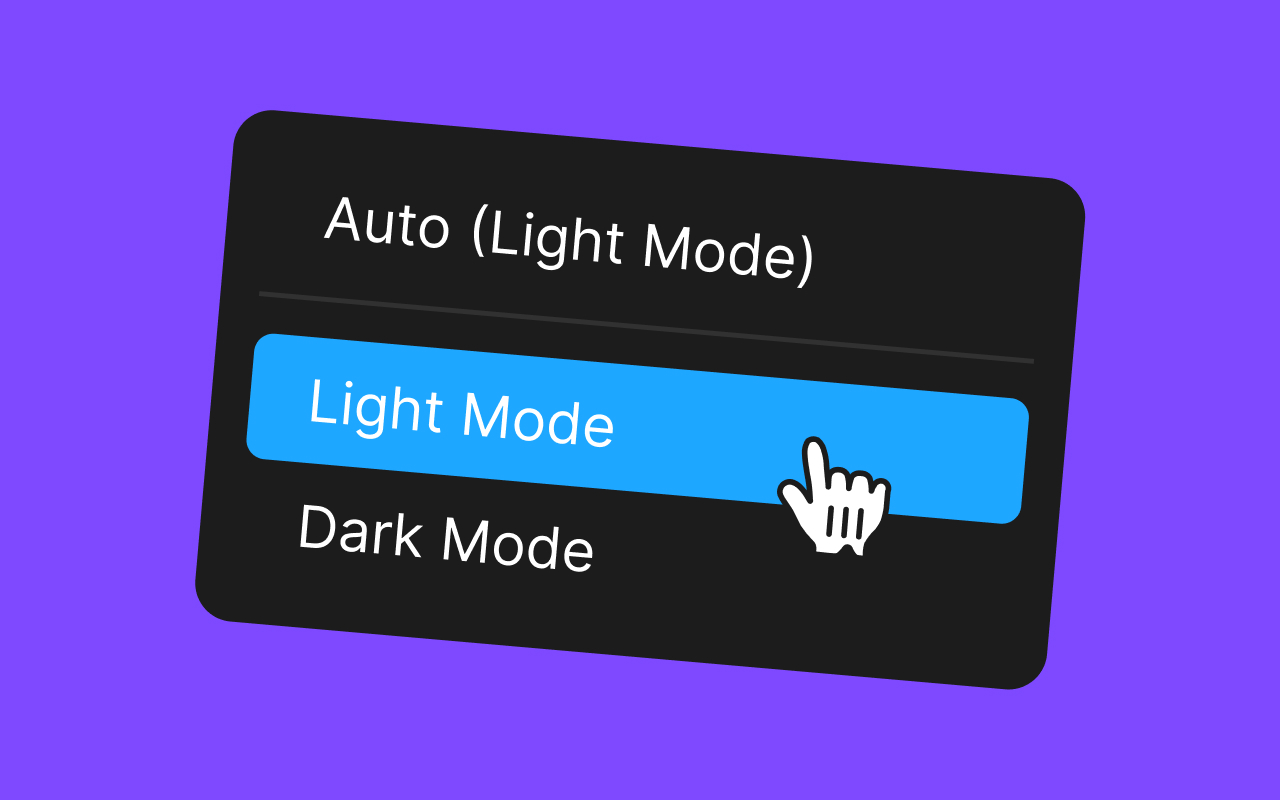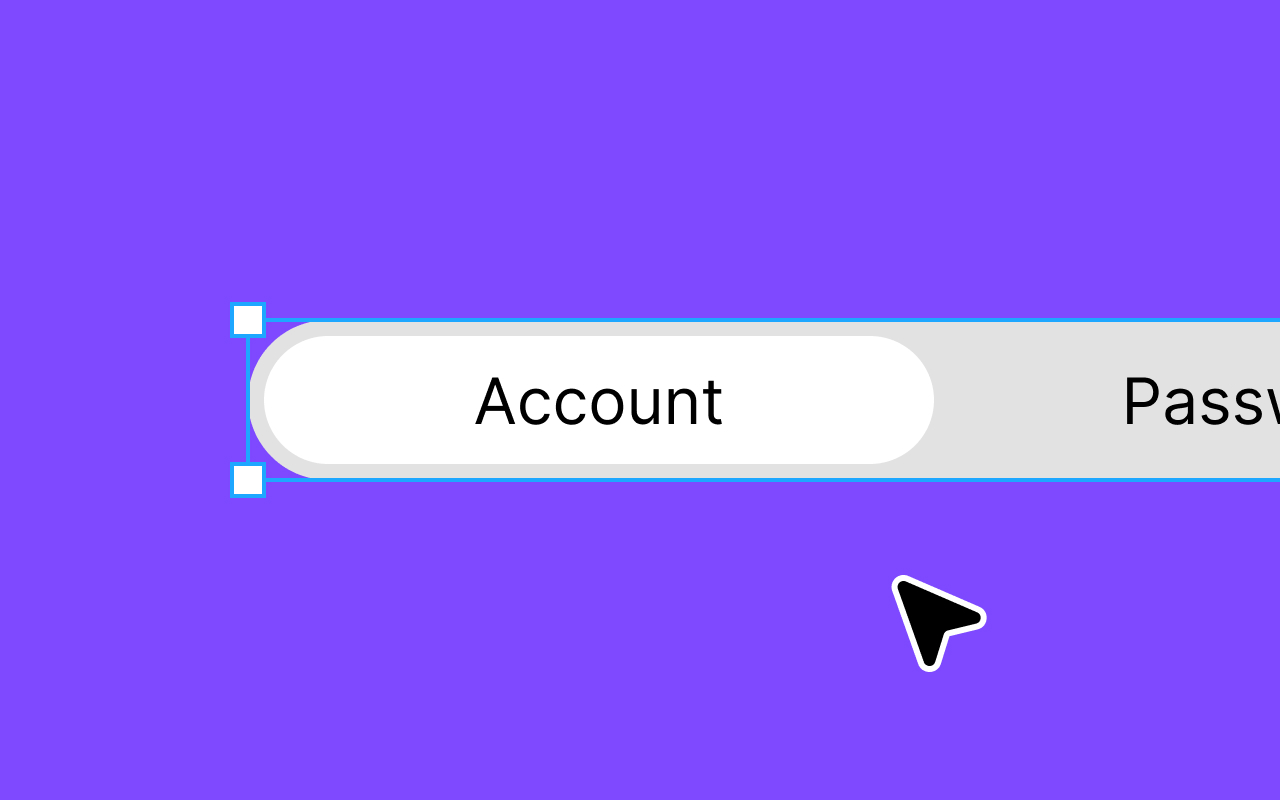
Joshua Kranefeld
UI & UX Designer
In this blog you will find lots of useful tips, tricks and explanations that will help you become a better designer.
Discover more content
You want to try?
Save time?
You need help?

Agile Work: A Revolution in Productivity
You can edit 8 Components for free. Get premium for unlimited access.
In this article, we'll explore what agile work is, its core principles, and some recommended techniques to implement this methodology effectively.
1. What Is Agile Work?
In an ever-evolving world, businesses and teams are continually seeking methods to increase productivity and adapt to changing circumstances rapidly. Agile work, a framework that was once primarily associated with software development, has now become a versatile approach that can benefit teams across various industries. In this article, we'll explore what agile work is, its core principles, and some recommended techniques to implement this methodology effectively.
Agile work, or simply "Agile," is a project management and work methodology that focuses on flexibility, collaboration, and rapid iterations. It was originally developed for software development, but its principles have since been adopted in fields like marketing, product development, and more.

Image Description
2. Core Principles of Agile Work
Agile work divides projects into small, manageable parts. Teams work on these parts iteratively, continuously improving and refining the product.

Image Description
3. Iterative and Incremental
Agile work divides projects into small, manageable parts. Teams work on these parts iteratively, continuously improving and refining the product.
3.1 Collaborative
Agile emphasizes collaboration and open communication within teams. Cross-functional teams often work together, breaking down traditional departmental silos.
3.2 Customer-Centric
Agile puts the customer at the center of the process. Regular feedback from end-users informs the direction of the project.
3.3 Adaptive
Agile teams embrace change. They are flexible and able to adapt to evolving requirements and priorities.

Image Description
4. Recommended Agile Techniques
Scrum is one of the most popular Agile methodologies. It divides work into time-boxed iterations called sprints. Scrum teams hold regular meetings, like daily stand-ups, sprint planning, and retrospective sessions.
4.1 Scrum
Scrum is one of the most popular Agile methodologies. It divides work into time-boxed iterations called sprints. Scrum teams hold regular meetings, like daily stand-ups, sprint planning, and retrospective sessions.
4.2 Kanban
Kanban is a visual system for managing work. Tasks are represented as cards on a board and moved through various columns that represent stages of work. Kanban is particularly useful for workflow visualization and management.
4.3 Extreme Programming (XP)
XP is a software development framework with a strong focus on engineering practices. It promotes pair programming, test-driven development, and continuous integration.
4.4 Lean Thinking
Derived from manufacturing principles, Lean focuses on eliminating waste in processes. It encourages delivering value efficiently and emphasizes continuous improvement.
4.5 User Stories
Agile teams often use user stories to define project requirements from an end-user perspective. User stories are short, simple descriptions of a feature or functionality.

Image Description
5. Implementing Agile Work
Provide training for your team to ensure they understand Agile principles and practices.
5.1 Team Training
Provide training for your team to ensure they understand Agile principles and practices.
5.2 Iterative Approach
Start with small Agile projects to familiarize your team with the methodology. Gradually incorporate it into larger projects.
5.3 Regular Feedback
Frequent feedback from stakeholders and end-users is essential. Use this feedback to adapt and improve.
5.4 Continuous Improvement
Encourage a culture of continuous improvement. Regularly evaluate and refine your Agile processes.
Similar articles
Discover more content
You have questions or need help?
You want to try?
Save time and money?


